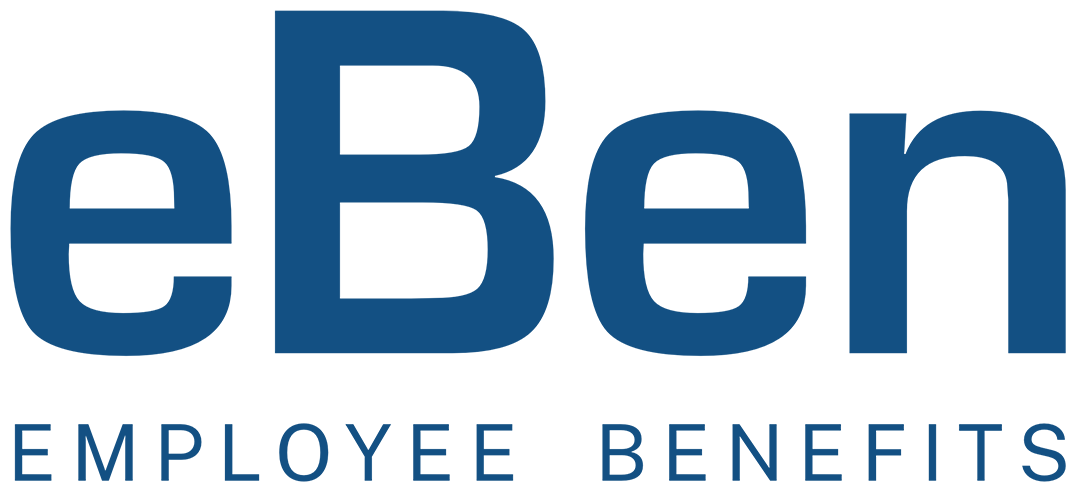The annual Medicare Part D enrollment period, which generally runs from October 15 until December 7 each year, is quickly approaching. For employers who offer prescription drug coverage, that means they must distribute a notice of “creditable” or “non-creditable” coverage to Medicare-eligible individuals before October 15.
This notice requirement applies to all employers who sponsor a prescription drug coverage plan, regardless of plan size, ACA grandfathered status, or whether fully-insured or self-funded.
In addition to the October 15 distribution deadline prior to Medicare Part D annual enrollment, the notice is also required to be provided at other times, including:
- Prior to an individual’s initial enrollment period for Part D;
- Prior to the effective date of coverage for any Medicare-eligible individual who joins the plan;
- When prescription drug coverage terminates or changes creditable/non-creditable status; and
- Upon request
Creditable Coverage
Prescription drug coverage is considered “creditable” when its actuarial value equals or exceeds the actuarial value of standard Medicare Part D prescription drug coverage. It is considered “non-creditable” when it does not provide, on average, as much coverage as Medicare’s standard Part D plan.

There are two sanctioned methods to determine whether coverage is creditable for purposes of Medicare Part D — a simplified determination method and an actuarial determination method. Most employer plan sponsors can use the simplified determination method. Details from the Centers for Medicare and Medicaid Services (CMS), the federal agency governing Medicare, on the simplified determination method can be found on the CMS website:
CMS Website
Below is a concise summary of the simplified determination method to deem a prescription drug coverage benefit creditable:
- The plan provides coverage for brand and generic prescriptions;
- The plan provides reasonable access to retail providers;
- The plan is designed to pay, on average, at least 60% of participants’ prescription drug expenses; AND
- The plan satisfies at least one of the following[1]:
- The coverage has no annual benefit maximum or maximum annual benefit payable by the plan of at least $25,000;
- The coverage has an actuarial expectation that the amount payable by the plan will be at least $2,000 annually per Medicare-eligible individual; OR
- For employers that have integrated prescription drug and health coverage, the integrated plan[2] has no more than a $250 deductible per year, has no annual benefit maximum or a maximum annual benefit of at least $25,000, and has no less than a $1,000,000 lifetime combined benefit maximum.
 Employers participating in the Retiree Drug Subsidy (RDS) program cannot use the simplified determination method and must use the actuarial determination method. This requires an attestation by a qualified actuary, using generally accepted actuarial principles in accordance with CMS actuarial guidelines. Risk Strategies has a team of qualified actuaries who can assist with this method.
Employers participating in the Retiree Drug Subsidy (RDS) program cannot use the simplified determination method and must use the actuarial determination method. This requires an attestation by a qualified actuary, using generally accepted actuarial principles in accordance with CMS actuarial guidelines. Risk Strategies has a team of qualified actuaries who can assist with this method.
For employers offering multiple plan options (for example: a PPO, an HDHP, and/or an HMO), the creditable coverage status must be determined separately for each plan option.
Notice of Creditable Coverage Distribution Requirements
The notice of creditable (or non-creditable) coverage must be distributed to all Medicare eligible individuals who are covered under an employer’s prescription drug coverage plan. This may include not only active employees and their covered dependents, but also disabled employees, retirees, COBRA participants, and their covered spouses and dependents in each instance. Since most employers will not generally know whether a covered spouse or dependent is Medicare-eligible, it is common practice to send the notice to all active and disabled employees, retirees, and COBRA individuals and include clear language directing the recipient to provide the notice to any Medicare-eligible spouses and dependents covered under the plan.
The notice may be mailed out as a separate, stand-alone document or included as part of open enrollment or other benefit-related materials as long as it is prominent and conspicuous within the other materials. The notices can also be sent electronically as long as plan participants have regular work-related computer access in accordance with the Department of Labor rules regarding electronic delivery methods.
CMS Model Notice
CMS provides model notices, available in both English and Spanish, which employers can leverage to satisfy their notice distribution requirements.
CMS Model Notices
Purpose of the Medicare Part D Notice
Medicare Part D eligible individuals who fail to maintain creditable coverage for a period of 63 continuous days or more will face a late enrollment penalty when they eventually enroll in Part D. As a result, this notice serves an important purpose for these individuals to prove they maintained creditable coverage and avoid late enrollment penalties when they ultimately enroll in Part D.
CMS Medicare Part D Disclosure Reporting
Although the Medicare Part D notice must be distributed before October 15 each year, employers offering prescription drug coverage are also required to annually disclose to CMS the plan’s creditable status within 60 days of the start of the plan year. For employers with calendar year plans (January 1 – December 31), the deadline to complete this disclosure to CMS is typically March 1.
Next Steps for Employers
The first step for employers is to determine whether their prescription drug coverage is creditable or non-creditable. Employers with fully-insured health plans should rely on their carriers to determine creditable status of their prescription drug coverage. For employers with self-funded health plans, your Risk Strategies account team will assist with the creditable status determination of your prescription drug coverage. Once the coverage’s creditable status is determined, employers are advised to prepare and distribute the notice before October 15.
Reach out to your eBen account team with any questions or contact us directly:
Contact eBen
Footnotes
- The Affordable Care Act prohibits health plans from imposing lifetime and annual limits on the dollar value of essential health benefits.
- An integrated plan is a plan where the prescription drug benefit is combined with other coverage offered by the employer, such as medical, and the plan contains all of the following plan provisions:
- A combined plan year deductible for all benefits under the plan;
- A combined annual benefit maximum for all benefits under the plan; and
- A combined lifetime benefit maximum for all benefits under the plan.
The contents of this article are for general informational purposes only and Risk Strategies Company makes no representation or warranty of any kind, express or implied, regarding the accuracy or completeness of any information contained herein. Any recommendations contained herein are intended to provide insight based on currently available information for consideration and should be vetted against applicable legal and business needs before application to a specific client.


